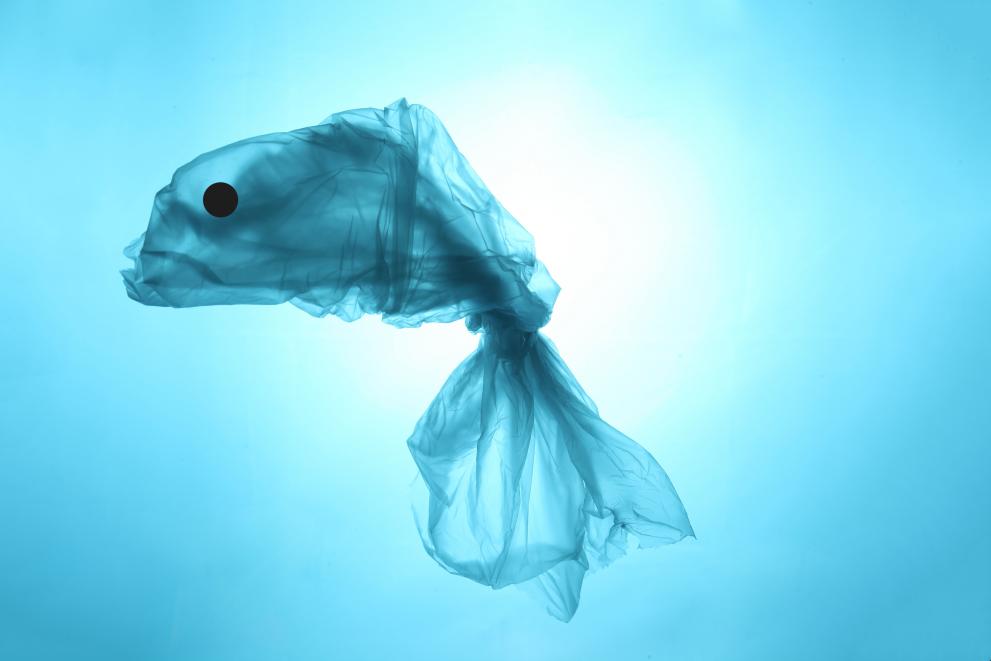
Released today, a new manual will support people entrusted with monitoring marine litter to record the data they collect in a harmonised way.
This will lead to the acquisition of more reliable and comparable data, enabling experts to assess the impact of the measures already implemented to reduce marine litter pollution, and better understand where to focus future efforts on keeping Europe’s beaches and seas clean.
The manual is a practical guide to applying the 'Joint List of Litter Categories' – a standard list of litter types commonly found in the marine environment, which has been agreed upon by EU Member States.
The list explicitly considers the items regulated under the EU Single Use Plastics (SUP) Directive. Its consistent use by EU Member States will enable an evaluation of how effective this Directive was in reducing litter from SUP on the beaches and in the sea.
The joint list standardises the attribution of macrolitter items (i.e. bigger litter items), from plastic bottles to cigarette butts, to a number of clearly defined litter types.
The manual accompanying the joint list explains the system the list uses and its structure. It provides instructions on which codes to use and proposals for the assessment of the size of litter items.
It aims to provide people who carry out monitoring with an easily understandable system of recording litter objects encountered in the marine environment.
As part of their commitment to fight against marine litter under the Marine Strategy Framework Directive (MSFD), all EU Member States collect data on beach litter. This led to the identification of the most frequent items, the development of quantitative baselines and the agreement of a threshold value for litter concentrations on beaches.
One of the major lessons learned from the collection and analysis of the data used as a basis for these steps, is the need for more harmonised recording of litter items, with sufficient level of detail.
Lack of harmonised monitoring methods for marine litter has been acknowledged as a key impediment to knowledge sharing and coordination of measures, within and beyond the borders of the EU.
Only when litter items are clearly categorised, as in the joint list, is it possible to compare litter data between the different compartments of the marine environment, such as beaches, the seabed and the water surface, and link it to its sources.
Harmonised data collection is also the key to understanding how ocean currents transport litter between countries, areas and regions, throughout the EU and beyond Europe.
The manual was developed by the MFSD Technical Group on Marine Litter, which is co-chaired by the JRC and L'Institut Français de Recherche pour l'Exploitation de la Mer (IFREMER). The JRC, in close collaboration with the Technical Group, has developed a photo guide to accompany the manual.
Background
The MSFD provides a framework for monitoring and assessing pressures on and impacts in the marine environment (including marine litter), and implementing measures to reduce them.
It aims to achieve a good environmental status of the EU's marine waters and protect the resource base upon which marine-related economic and social activities depend, while allowing for these activities to be carried out sustainably.
An agreed list of macrolitter categories, with sufficient level of detail to distinguish different litter types and their source, is a key component of MSFD litter monitoring.
A common understanding of litter categories is essential when analysing data from different sources, including those from NGOs and citizen science initiatives, and by large scale data acquisition initiatives such as the Marine LitterWatch of the European Environment Agency.
The MSFD Technical Group on Marine Litter, a group, which brings together experts from EU Member States, the Regional Sea Conventions, Non-Governmental Organizations and the European Environment Agency. The joint list of litter categories was adopted by the EU Marine Strategy Coordination Group of the MSFD.
As part of the Technical Group, the JRC has released this manual for use within the EU. However, its use is also highly recommended for monitoring in the Regional Sea Conventions around Europe, as well as in other areas and at different spatial scales, such as by the UN, and in the Arctic.
Related Content
Details
- Publication date
- 26 March 2021
